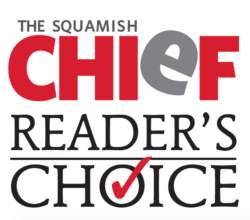Where Squamish’s elite come to treat
For eight years, we've been helping the active community of Squamish recover as quickly as possible from pain and injury, so they can keeping playing their sports, exercising and enjoying the Sea to Sky lifestyle.
Runners
We specialize in running therapy and assessments for beginner and elite runners alike, and we can help identify and prevent running injuries.
Climbers
We’re experienced at treating common climbing injuries such as finger, shoulder and labral injuries as well as muscle imbalances.
Cyclists
We understand the complex nature of the bike, training, biomechanics, bike fit and can offer a variety of treatments to help you stay on your bike.
Preparing you for your next adventure
Are your frustrated that your pain has not yet gone away and worried you won't be able to return to sport? We can help!
Sports Injuries
We have extensive experience in treating all sports injuries regardless of the sport, but we also have very specialized treatments for specific sports such as running, climbing and cycling.
Back & Neck Pain
Your therapist will assess the causes for your back and neck pain, mobilize your spinal joints, and will give you advice on how to best maintain your thoracic mobility, essential for a healthy low back and neck.
Post Surgery rehab
Our philosophies of practice create the necessary environment to make your rehabilitation successful.
